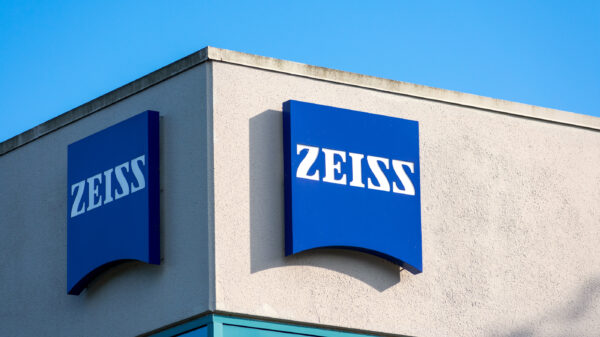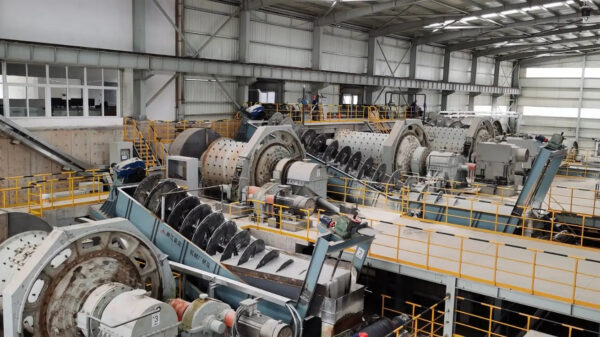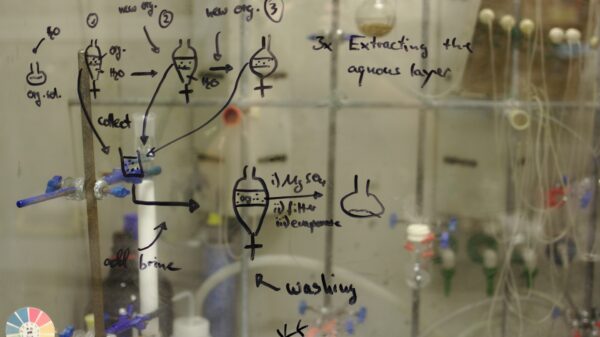In the wake of 3M's announcement to cease production of 'coolant' by 2025 due to environmental regulations such as those implemented by the European Union, the semiconductor industry is fervently searching for viable substitutes. Coolant is a crucial material employed as cooling water during the semiconductor etching process. With 3M responsible for a significant portion of the global supply, major semiconductor manufacturers and partners have been actively exploring new materials since last year. Some potential substitutes have already sold out for the year, reflecting the urgency of the situation.
On April 19, industry sources reported that South Korean semiconductor. . .





















